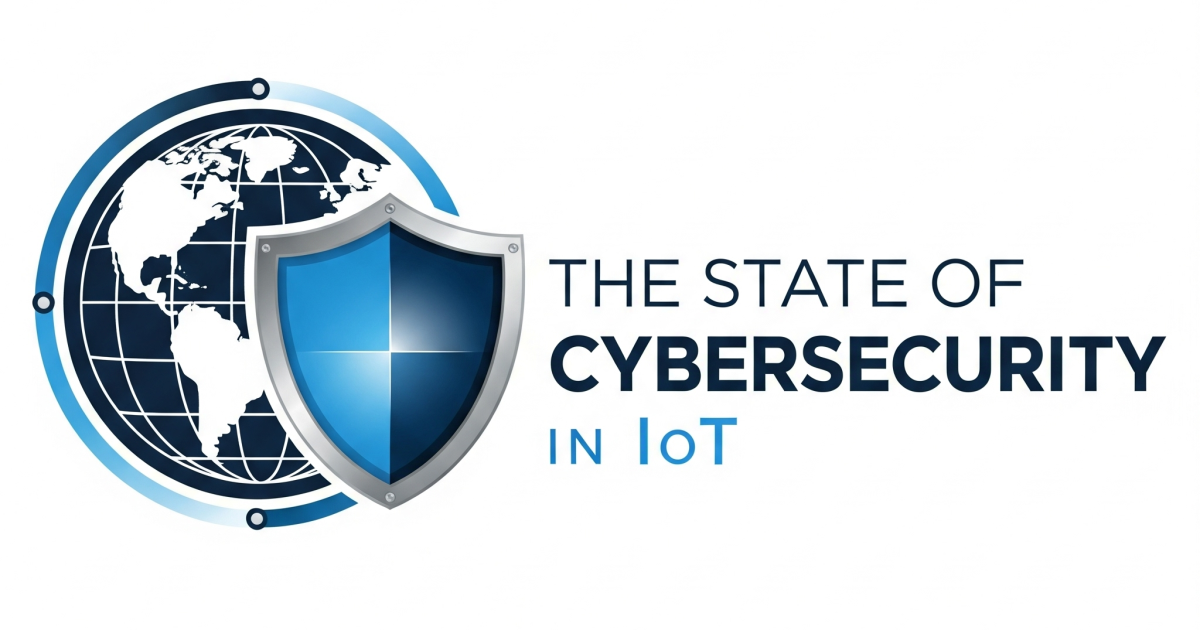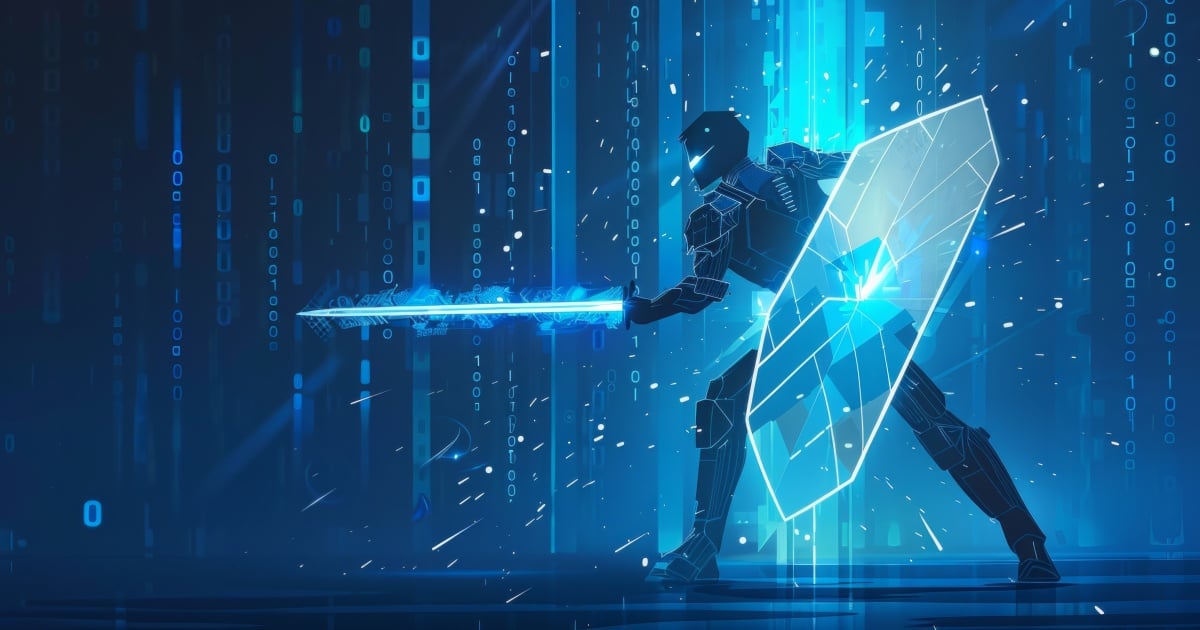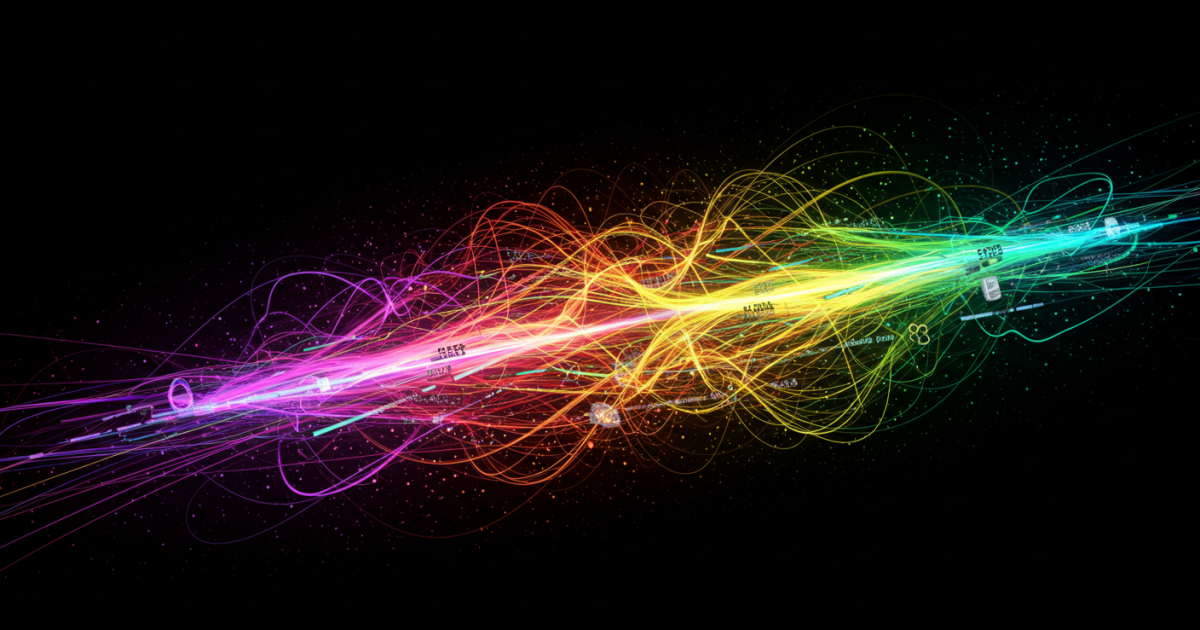According to recent reports, a healthcare device was developed by Panasonic and the Kyoto University Center of Innovation last year to provide wireless measurement of vital signs like respiration and heartbeat has been downsized and further advanced. The improvements include the use of a wider 79-GHz frequency band; improved measurement sensitivity by integrating CMOS semiconductors into a single chip for millimeter-wave radar; increased sensitivity with finer resolution in the distance direction of the measurement range; and precise separation of the noise that would otherwise affect the estimation accuracy of the heartbeat interval in order to simultaneously measure the heartbeat intervals of several people with a single radar.
The sensor combines radar with signal analysis algorithms to measure how the body moves as the heart beats. Body movements vary considerably, so the software filters isolate just the heart's minute motions.
“Measuring respiration and heart rate -- without attaching cumbersome wires to the body -- will greatly benefit modern medicine and home healthcare,” said Toru Sato, lead researcher and professor of communications and computer engineering, Kyoto University. “Moreover, it will reduce stress by not subjecting the individual to a feeling of being monitored.”
While the original technology showed promise, there was a major problem: the prototype was, at the size of a microwave oven, too large. To improve prospects for implementation, the group shifted their focus toward refining the device.
“After extensive testing we achieved great improvements,” said Sato. “The device now utilizes the 79 GHz frequency band, instead of the previous 60 GHz. We also incorporated CMOS semiconductors. As a result, range and resolution improved, and it's now only about one tenth the size -- as big as a smoke detector.”
In addition, because of the new frequency band, the sensor can now measure the heart rates of multiple individuals in the same room, separated by as little as 7.5 cm (about 3 inches).
The team said it hopes that the improved specs will allow such sensors to be installed in a variety of household appliances -- such as lighting -- to safely monitor the vitals of residents.
“This technology holds great promise for the future development of devices to monitor health remotely,” Sato said. “We are currently considering test sites for observing the multiple applications of our sensor.”
Click here to watch the video for a look at it in action.
Ken Briodagh is a writer and editor with more than a decade of experience under his belt. He is in love with technology and if he had his druthers would beta test everything from shoe phones to flying cars.
Edited by
Ken Briodagh





